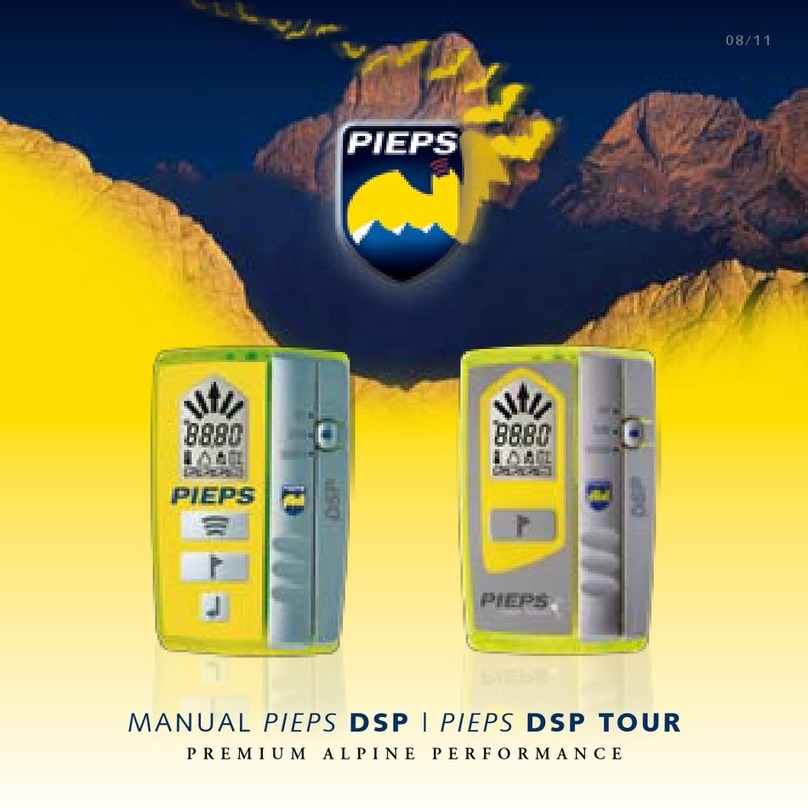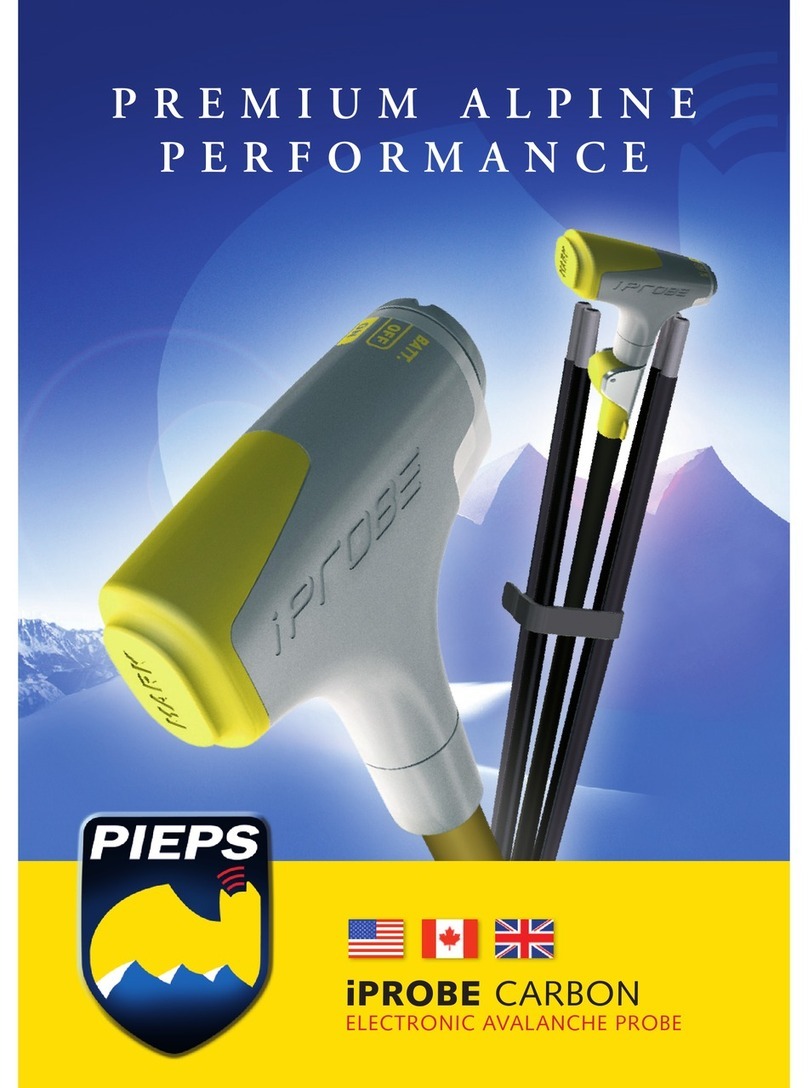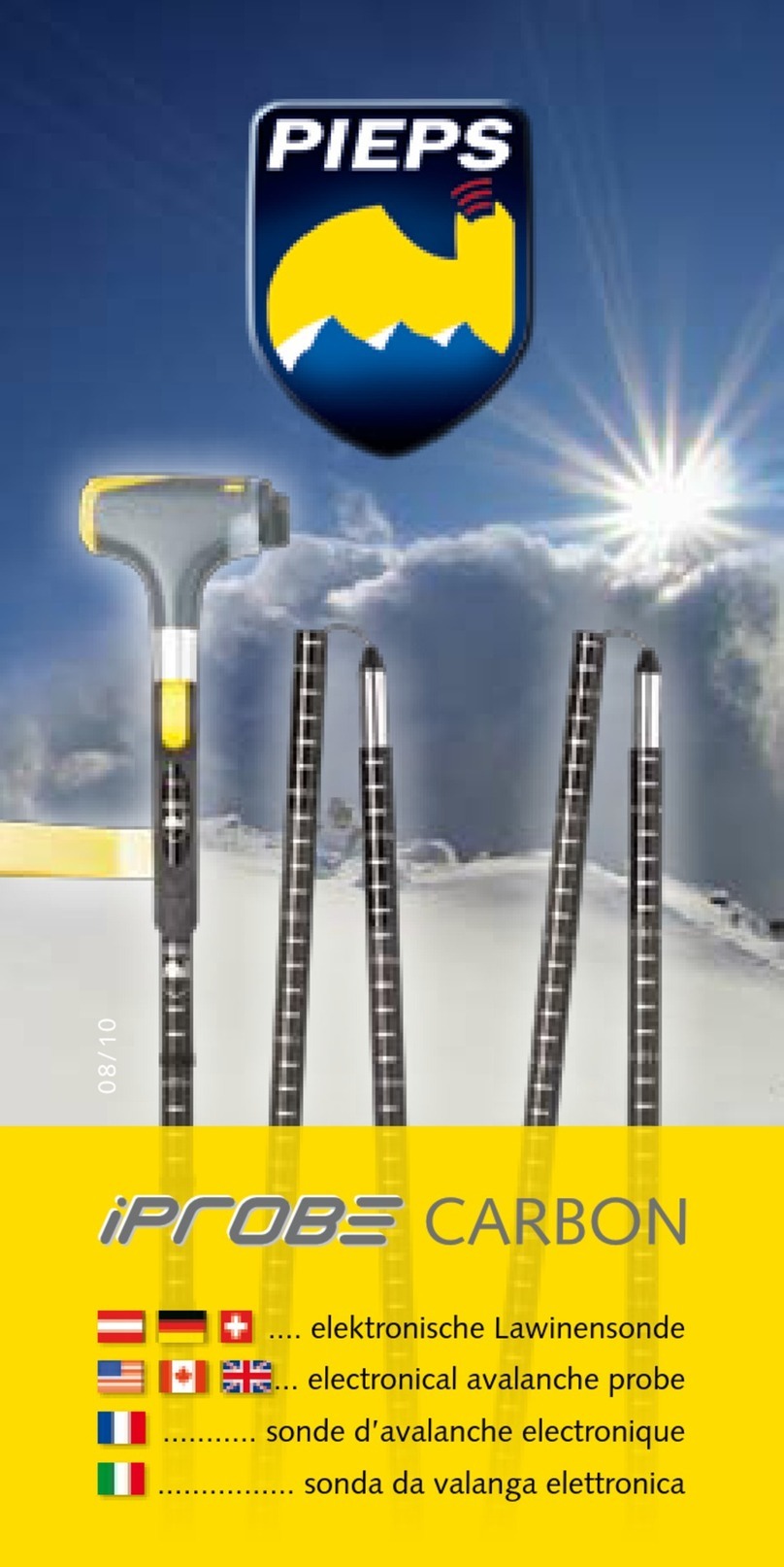
Table of content
1. Introduction ............................................................................................................................................................. 3
1.1 Identification ................................................................................................................................................................... 4
1.2 Liability............................................................................................................................................................................. 4
1.3 Warranty conditions ........................................................................................................................................................ 4
1.4 Support ............................................................................................................................................................................ 5
1.5 Intended use.................................................................................................................................................................... 5
1.6 Target group and previous knowledge ............................................................................................................................ 5
1.7 Operating limits ............................................................................................................................................................... 5
1.8 Essentials ......................................................................................................................................................................... 6
1.9 Technical data.................................................................................................................................................................. 6
2. Safety....................................................................................................................................................................... 6
2.1 Signal words used in the safety instructions ................................................................................................................... 7
2.2 General safety rules and obligations ............................................................................................................................... 7
2.3 Residual risks | Warnings ................................................................................................................................................ 7
3. Packaging ................................................................................................................................................................. 9
3.1 Unpacking ........................................................................................................................................................................ 9
3.2 Scope of delivery ............................................................................................................................................................. 9
4. General description.................................................................................................................................................. 9
4.1 Procedure in an avalanche emergency and instructions on the search phases .............................................................. 9
4.1.1 Avalanche emergency | Method for rescuing companions ............................................................................................. 9
4.1.2 Pinpointing | Implementation ....................................................................................................................................... 10
4.2 iPROBE Structure ........................................................................................................................................................... 11
4.3 Switching on & self-test................................................................................................................................................. 11
4.3.1 Self-test.......................................................................................................................................................................... 12
4.4 Functionality during operation ...................................................................................................................................... 12
4.4.1 Check A: Search mode | Proximity indicator | Hit indicator .......................................................................................... 13
4.4.2 Check B: Sender deactivation......................................................................................................................................... 14
4.5 Turning off and correct folding...................................................................................................................................... 15
5. Troubleshooting, maintenance, storage, disposal .................................................................................................. 16
5.1 Troubleshooting............................................................................................................................................................. 16
5.2 Replacing the battery .................................................................................................................................................... 16
5.3 Cleaning ......................................................................................................................................................................... 17
5.4 Storage........................................................................................................................................................................... 17
5.5 Disposal.......................................................................................................................................................................... 17
6. Approval & conformity........................................................................................................................................... 17






























